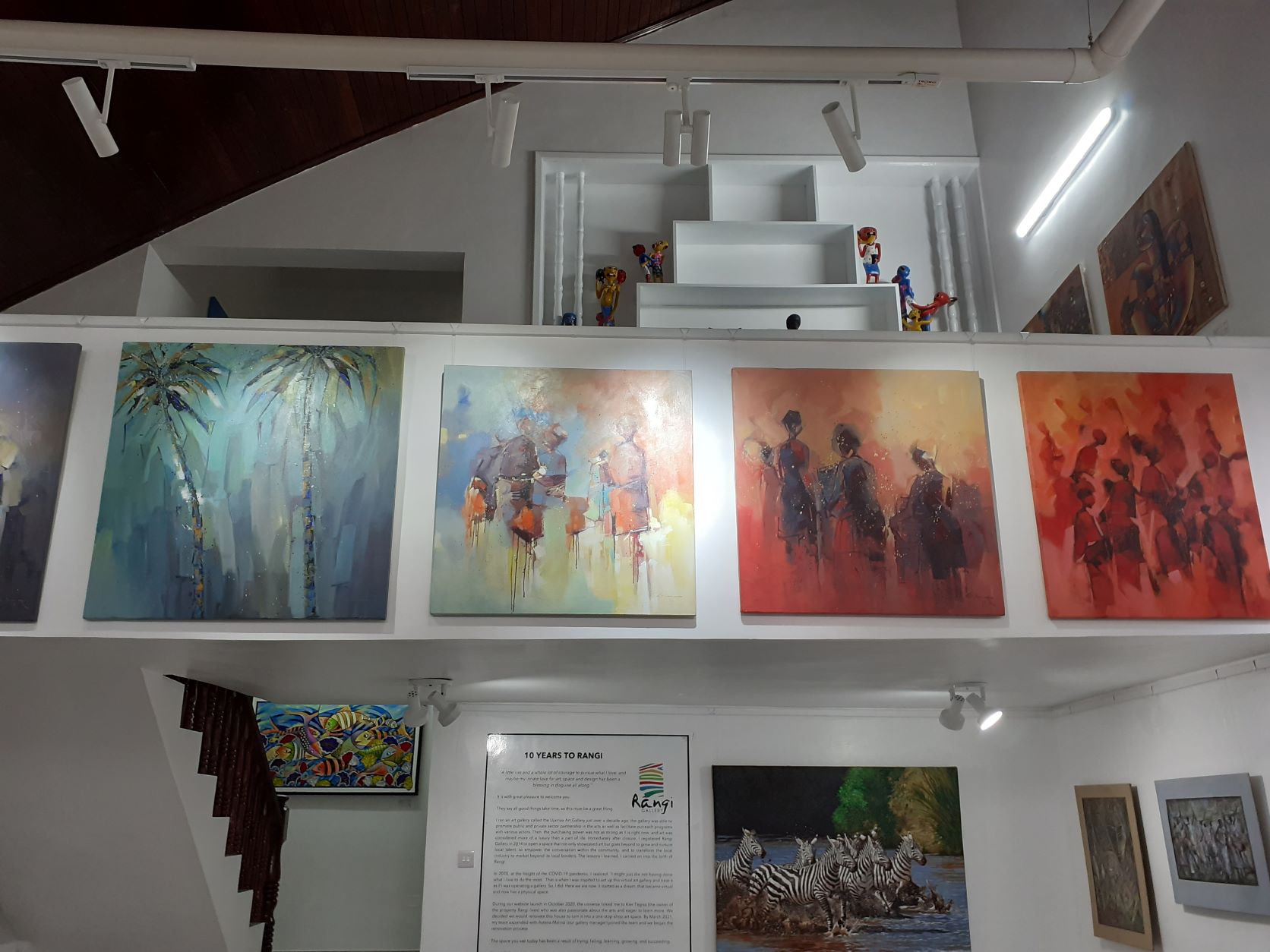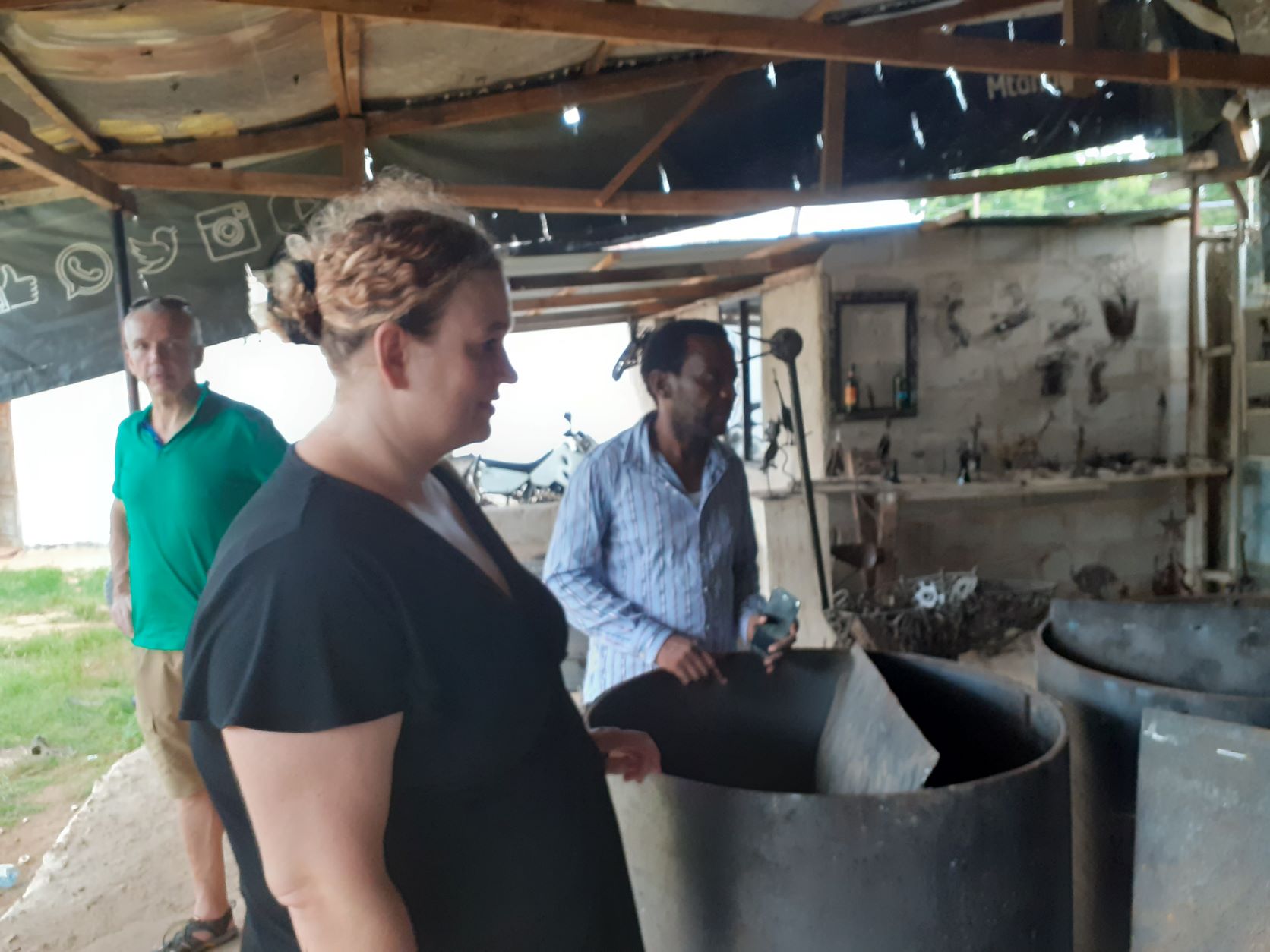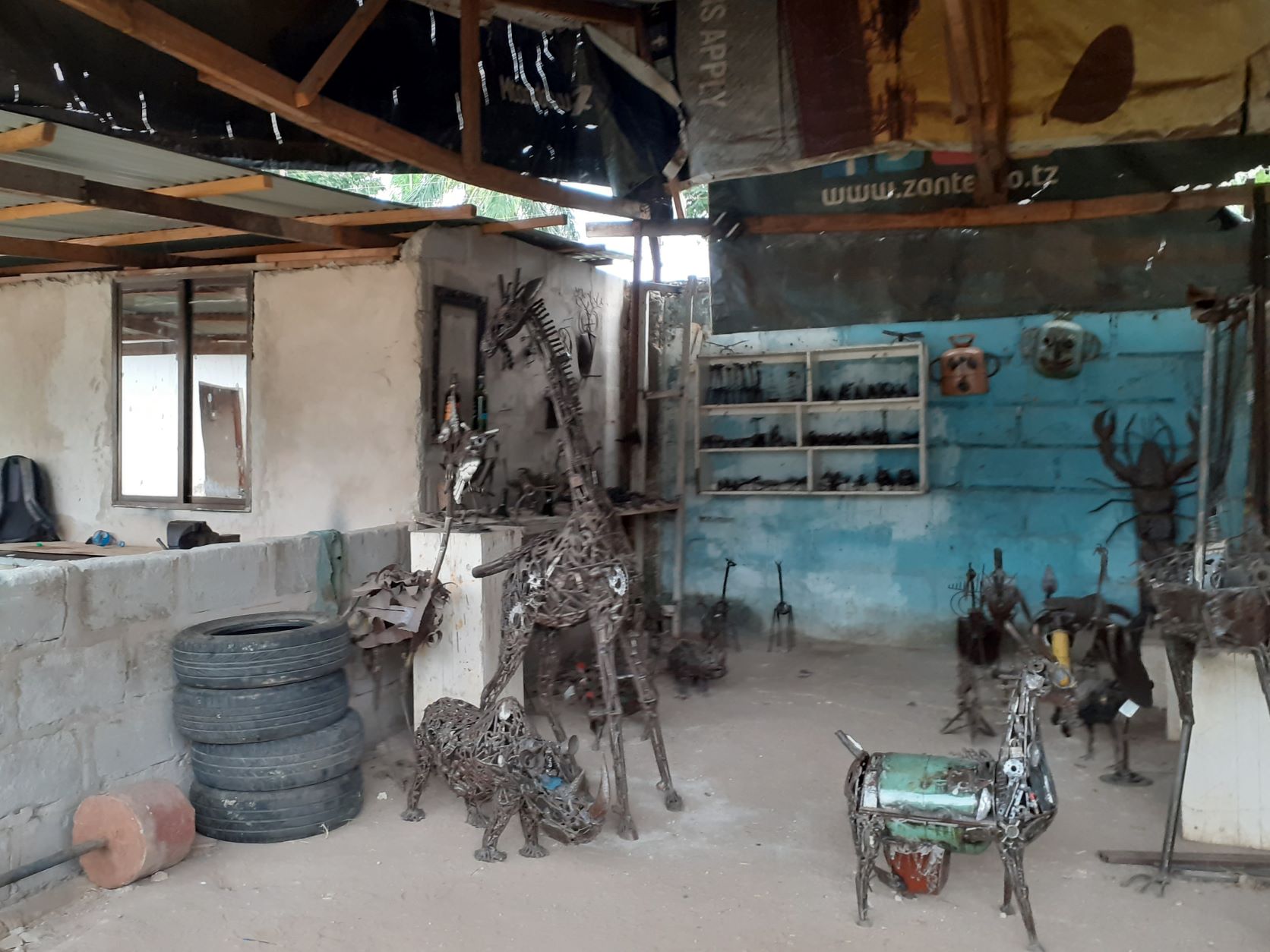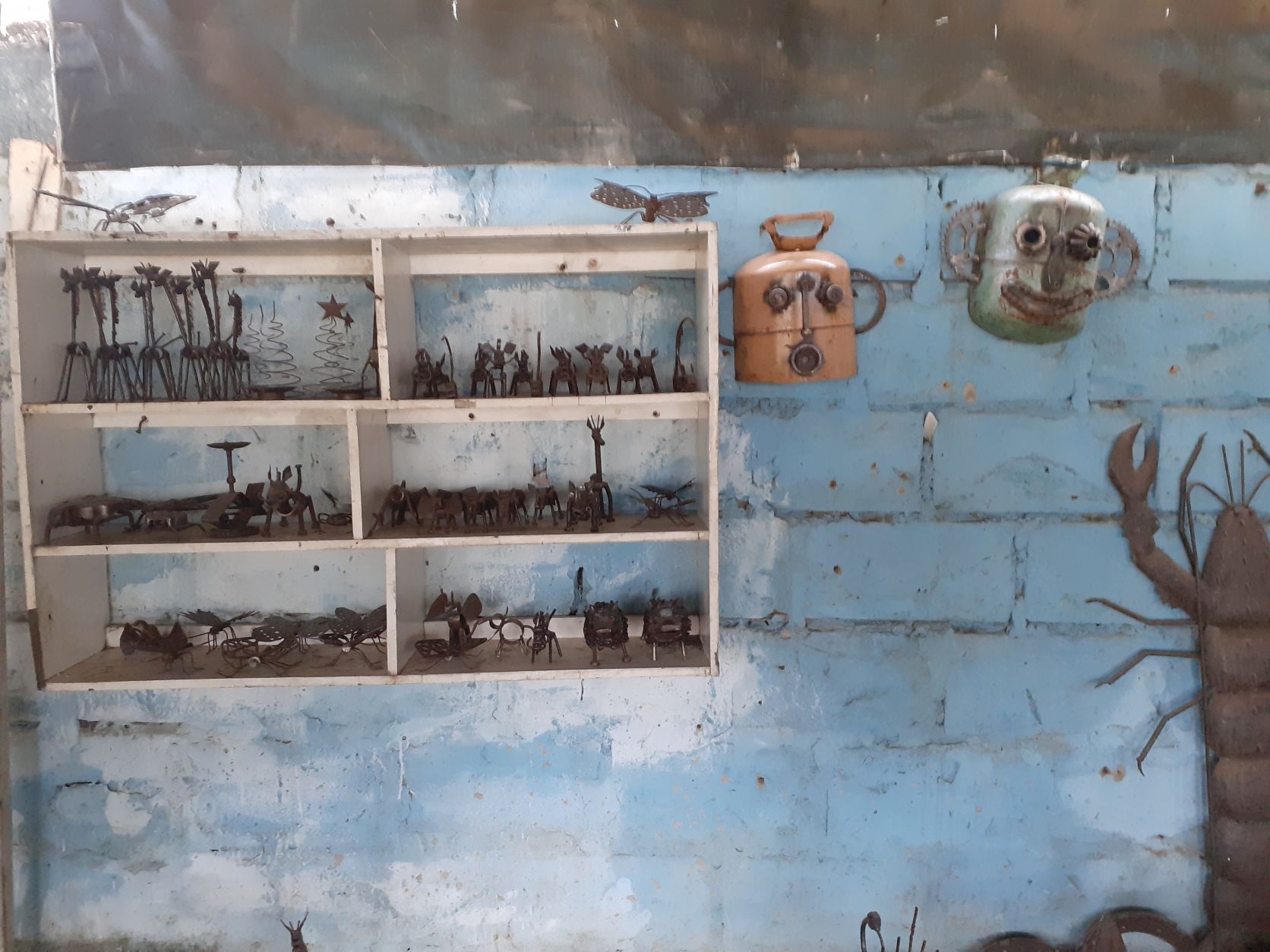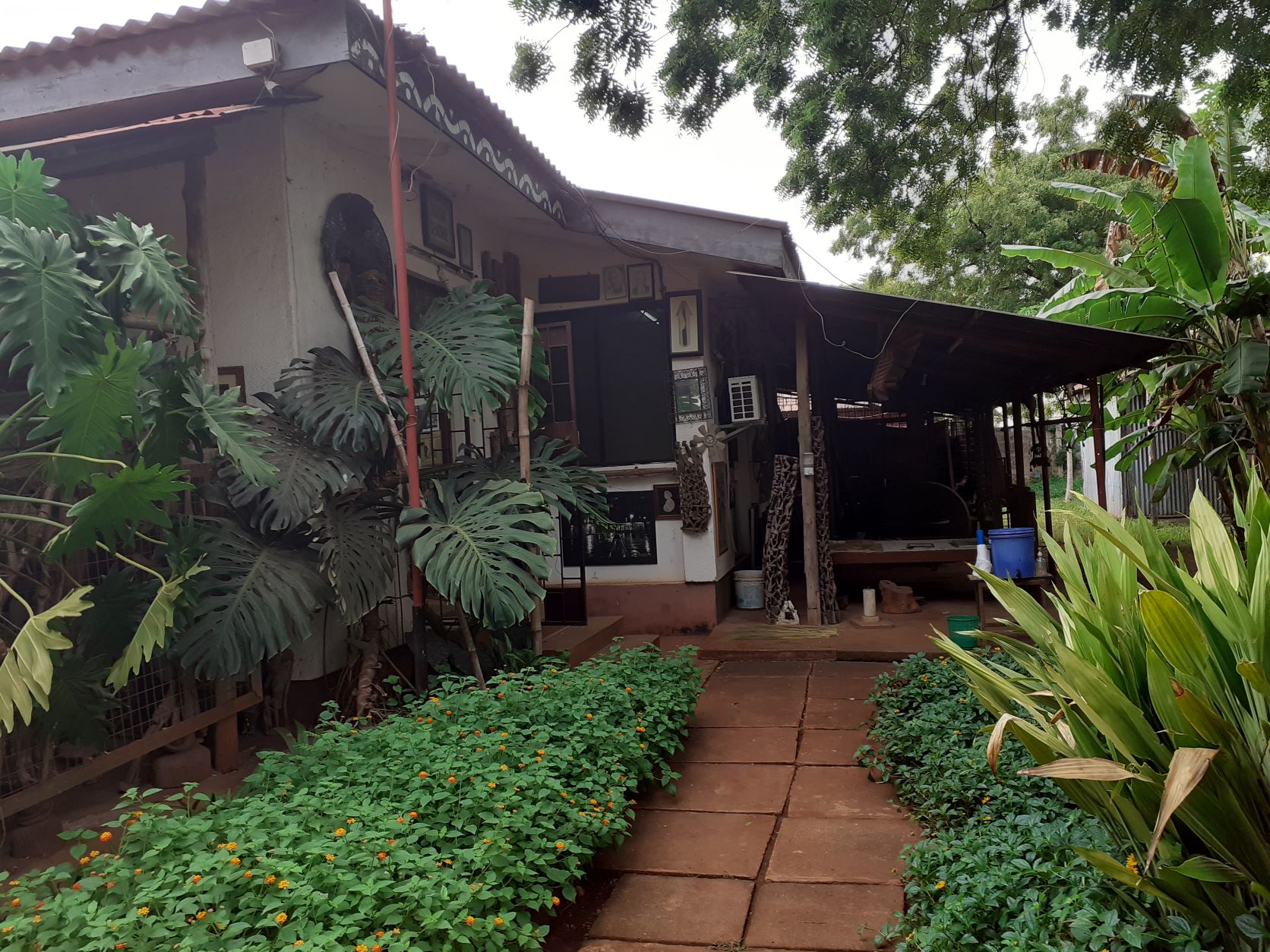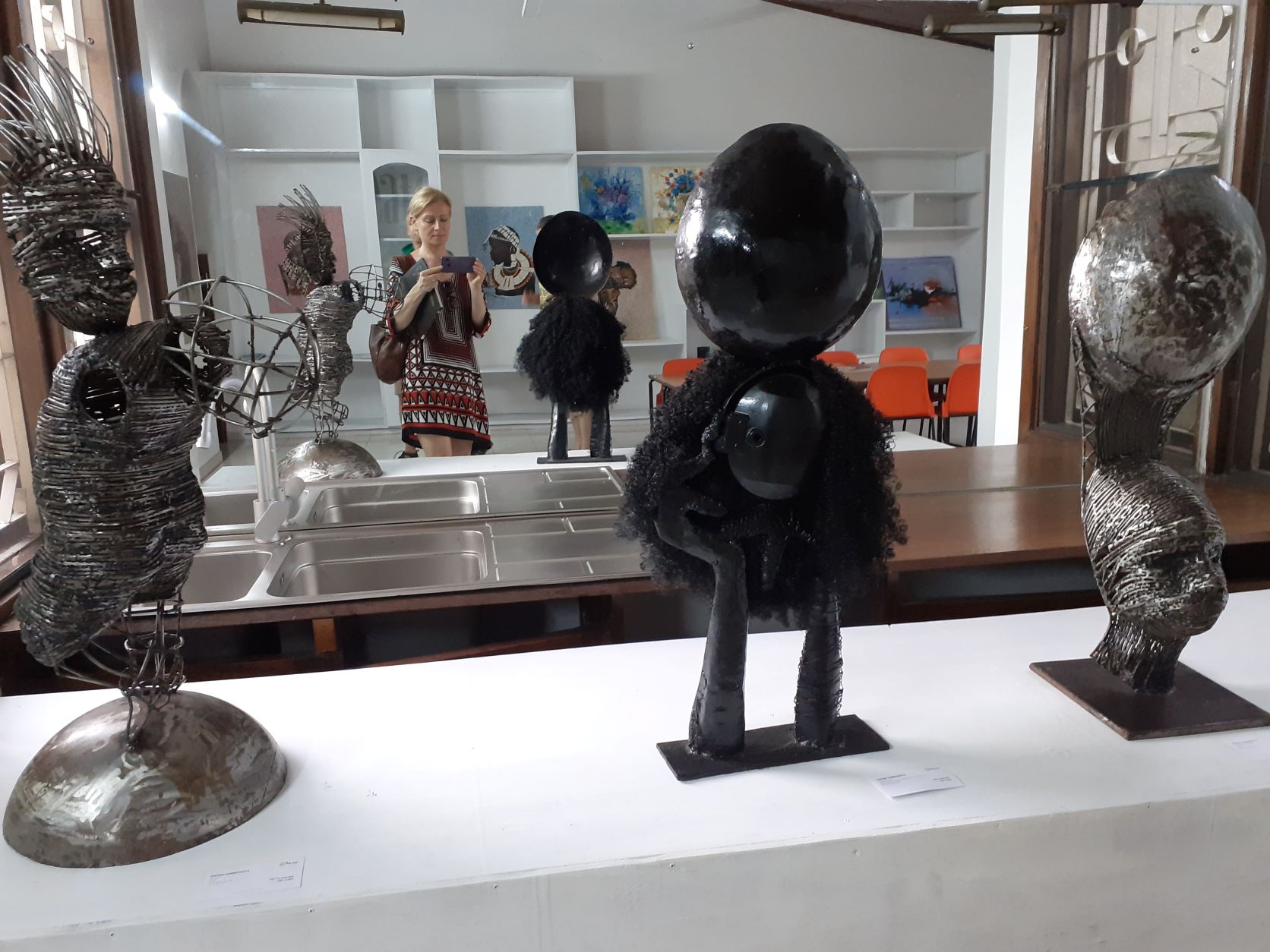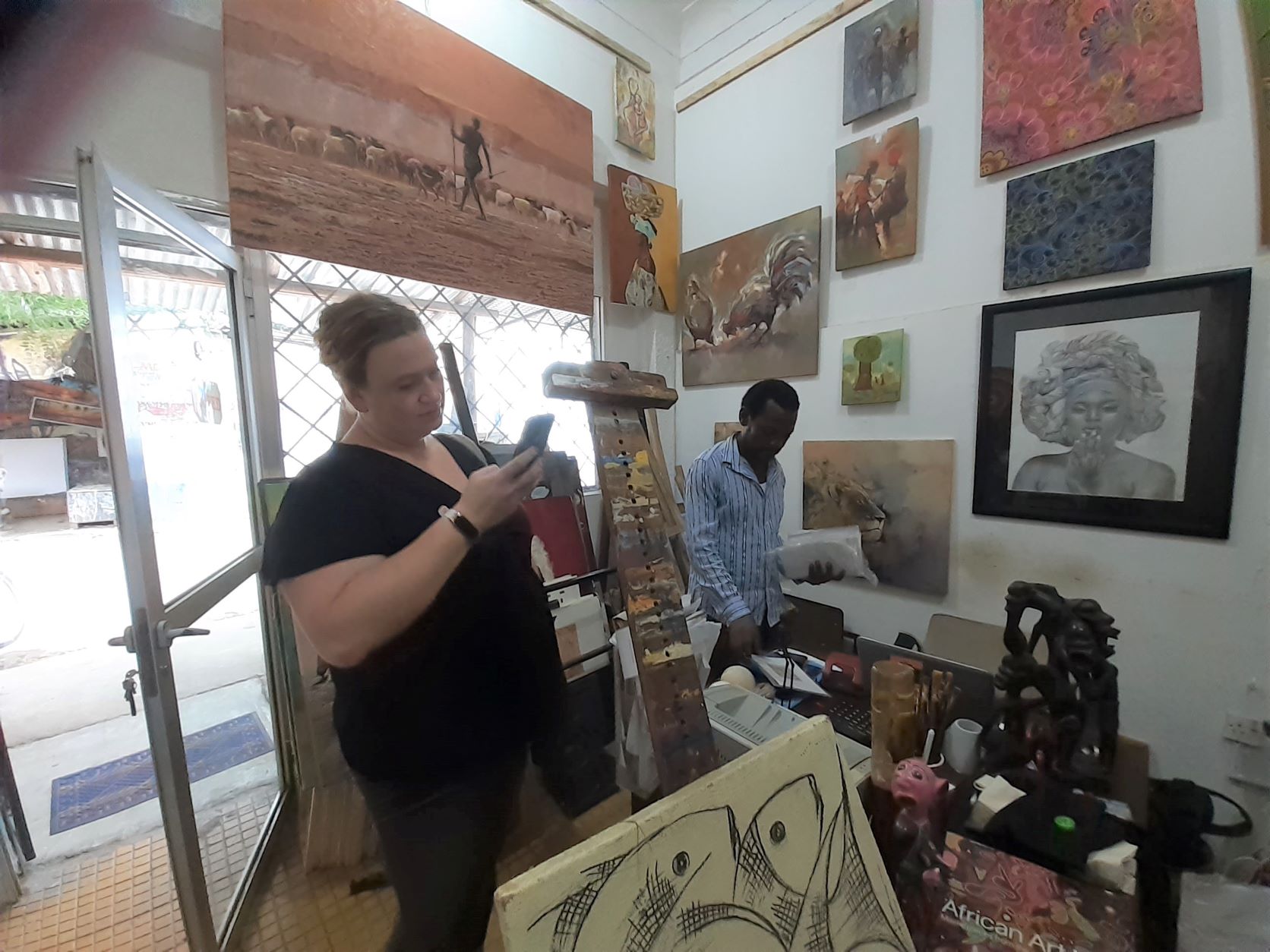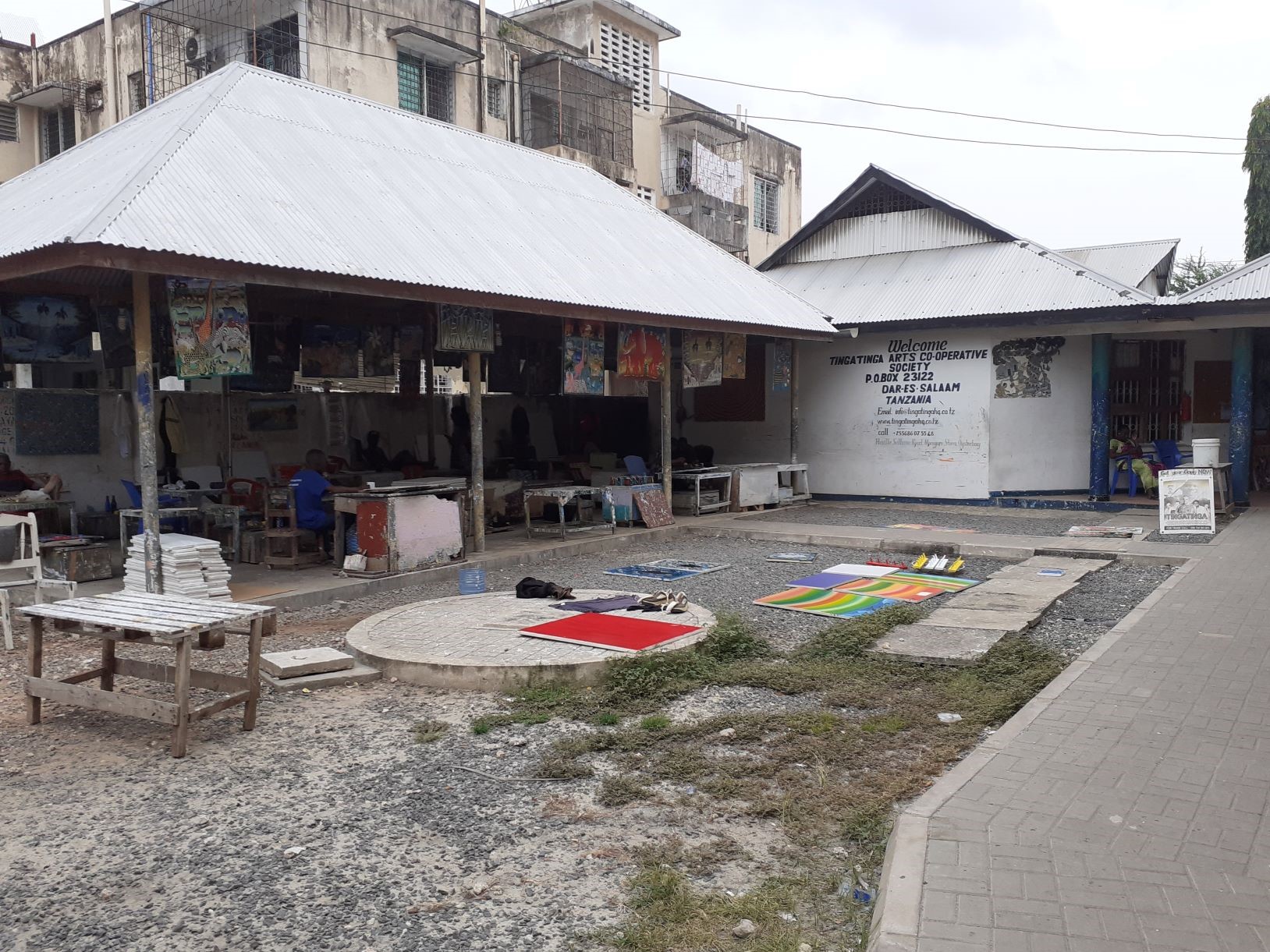Project participants from the National Museum in Szczecin conducted research in two countries on their Spring 2022 secondment, learning about collective initiatives among community-based artists, craftsmen and educators in Kenya (Ewa Prądzyńska, Katarzyna Podyma, Marlena Chybowska-Butler) and Tanzania (MCB) as part of ongoing efforts to engage cultural actors and assess their impact, as well as that of European culture, on artmaking in East Africa.
PART 2/4
NMS researchers engaged gallerists, collectives and educators as part of research in neighboring Tanzania.
In Dar es Salaam, we observed art and artmaking at the Tinga Tinga Cooperative Workshop, a veritable factory for decorative items in the distinctive style pioneered in the 1960s by self-taught painter Edward Said Tingatinga. Located in the capital’s Oyster Bay district, the collective comprises several dozen artists and artisans, who emblazon canvasses and all manner of decorative and household items in brightly colored animal and savannah motifs that then are sold in tourist markets along the Tanzanian and Kenyan coasts, and beyond. While Tingatinga died not long after developing his signature style, this legion of artists and others ensure that it lives in the homes of visitors from around the world, such is its popularity.
NMS researchers were guided to the Oyster Bay district by Zofia Potakowska, who is working on her doctoral thesis on Contemporary Art in Tanzania. Through her, we made introductions with painters, gallerists, photographers, and sculptors. They include:
Vipaji Art Studio, a collective gallery and studio space in Oyster Bay that is run by artists Evariste Chikawe, Masoud Kibwana and Max Kammundi. They promote their own work, as well as providing representation for fellow painters and sculptors. Brightly colored figure studies, abstracts and landscapes are popular with members of the diplomatic community in the Tanzanian capital, with Chikawe reporting foreign buyers provide the bulk of the support for fine art produced in the country.
Rangi Gallery, a commercial enterprise that supplements work shown in its converted residential space with a virtual presence. The gallery showcases art made domestically by artists working in a variety of media, including painting, sculpture, and photography. Rangi receives patron support through a membership program and offers artmaking classes and workshops for children and the at-large public.
Muzu Sulemanji, a painter and framer who with his wife operates the Art N Frame gallery and framing shop from another residential property in Oyster Bay. Active since the 1990s and exhibited in Nairobi as recently as 2019, the former photojournalist works to record the city’s architectural history and his photos of buildings in Dar es Salaam are published in book form. He also paints in motifs that celebrate his Muslim heritage and the beauty of his native Zanzibar.
Chuma Art Workshop, a center for sculptural artmaking that sees teams of artists and apprentices construct animal and abstract forms using steel bars, parts from disused machines and engines, and acetylene welding equipment. Their commitment to using recycled material in their works runs to wood, paper and glass. Rising five years ago from the ashes of a training center for the disabled, Chuma’s achievements include the placement of a tyrannosaur statue in the grounds of the Tanzania National Museum and House of Culture complex in downtown Dar es Salaam.
NMS researchers toured that facility, where exhibits of traditional and Contemporary Art are arrayed among those devoted to the natural world, the country’s colonial history and its revolutionary overthrow, and a paleontology wing that contains fossils, tools and implements taken from the Rift Valley, which runs through the western part of the country and where digs have yielded the oldest evidence of human evolution. Opened in 2013, the permanent exhibition of Contemporary Art contains works by Tingatinga and Sulemanji, as well as painters Robino Ntila and Ritha Konga, Makonde carver Kashmir Mathayo, and Petro Paul Mayige, a maker of clay figurines.
Other attractions operated by the Tanzania National Museum and visited by the NMS research team include the Village Museum, which features the building styles of the country’s dominant ethnic groups. The huts for shelter, living, storage and security are constructed from materials found the regions where those tribes live and arrayed on a plot outside the center of the city make for a compelling exhibition. In addition, dancers and musicians perform at regular intervals for visitors and there are artists working both inside the museum and on its grounds.
The team also toured the Dar Center for Architectural Heritage (DARCH), located in a building called the Old Boma on the city’s waterfront. There, we found a retelling of the city’s history and explained through the buildings erected during periods of Arab and European colonial eras, when the capital of what then was called Tanganyika was segregated by race. A project receiving support from the European Fund, DARCH also hosts occasional exhibits by local artists, including painter Andrew Munuwa, whose debut solo exhibition ‘Paper Planes’ held at the capital’s oldest existing building featured a dozen paintings, several in the style of American artist Jean-Michel Basquiat.

